Picture stepping into a world where the loudest sounds are crashing waves and seagulls calling overhead, where narrow cobblestone streets wind between colorful houses, and where the rhythm of life moves at the pace of the tides. These car-free fishing villages offer something increasingly rare in our modern world: authentic tranquility mixed with centuries-old maritime traditions.
From remote islands to coastal enclaves, these communities have either banned vehicles entirely or exist in places where cars simply can’t reach. Here is a list of 15 traditional fishing villages where you can experience life as it was meant to be lived by the sea.
Cinque Terre, Italy

The five villages of Cinque Terre cling to Italy’s rugged coastline like colorful barnacles on a rock. Cars are banned from the historic centers, leaving visitors to navigate the steep, winding paths on foot or by train.
The villages of Monterosso, Vernazza, Corniglia, Manarola, and Riomaggiore have been fishing communities since the 11th century, and their pastel houses seem to grow right out of the cliffs. Walking between villages takes you through terraced vineyards and olive groves that have been tended by the same families for generations.
Giethoorn, Netherlands

Known as the ‘Venice of the North,’ Giethoorn operates entirely on water channels that were originally dug by peat miners in the 13th century.
Boats replace cars as the primary mode of transportation, with residents using whisper-quiet electric boats or traditional punts to get around. The village’s thatched-roof farmhouses sit on small islands connected by over 180 wooden bridges. Fishing remains a way of life here, though tourism has become equally important to the local economy.
Like Travel Pug’s content? Follow us on MSN.
Hydra, Greece

This crescent-shaped island in the Aegean Sea has maintained its car-free status since vehicles were banned in the 1960s. Donkeys and water taxis provide transportation around the island, while fishing boats bob in the picturesque harbor surrounded by stone mansions.
The village amphitheater rises from the waterfront, with narrow alleyways winding up the hillside between traditional white-and-blue buildings. Local fishermen still head out at dawn using techniques passed down through generations, bringing back fresh catches to the harborside tavernas.
Hallstatt, Austria

Nestled between a pristine alpine lake and towering mountains, Hallstatt feels like a fairytale village that someone forgot to modernize. The historic center restricts vehicle access, preserving the peaceful atmosphere that has existed since the village’s founding over 4,000 years ago.
Traditional wooden houses with flower boxes line the lake shore, while fishing boats rest quietly in the crystal-clear waters. The village’s economy originally relied on salt mining, but fishing has always supplemented local life, with residents still practicing traditional lake fishing methods.
Positano, Italy
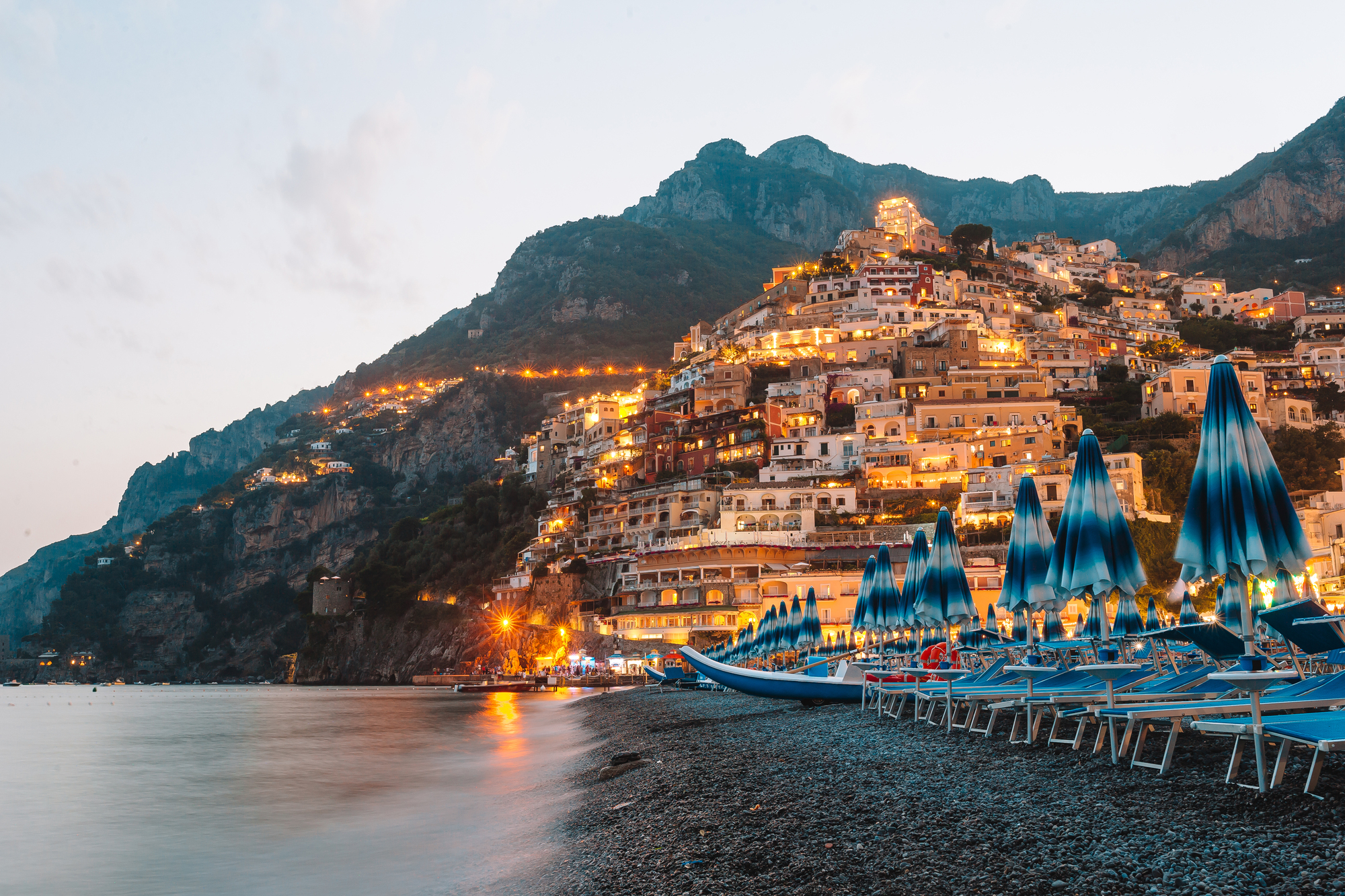
Cascading down the cliffs of the Amalfi Coast like a waterfall of pastel-colored houses, Positano’s steep terrain naturally limits vehicle access to the upper areas. The historic fishing village center can only be explored on foot via narrow staircases and pedestrian paths.
Fishing boats painted in bright blues and greens are pulled up onto the small beach, where fishermen repair nets in the shadow of lemon trees. The village’s vertical layout means that getting around requires either walking or taking the local shuttle bus that winds precariously along the cliff roads.
Like Travel Pug’s content? Follow us on MSN.
Zaanse Schans, Netherlands
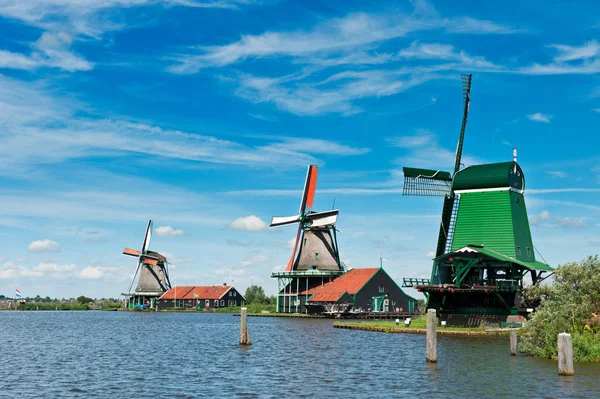
This living museum village recreates 17th- and 18th-century Dutch life along historic windmills and waterways. Cars are kept at designated parking areas outside the historic zone, allowing visitors to experience the village as it existed centuries ago.
Traditional green wooden houses line the Zaan River, where fishing boats and barges still navigate the same channels used by Dutch merchants for hundreds of years. The village demonstrates traditional crafts like wooden shoe making and cheese production, while local fishermen continue to work the river using time-honored methods.
Oia, Santorini, Greece
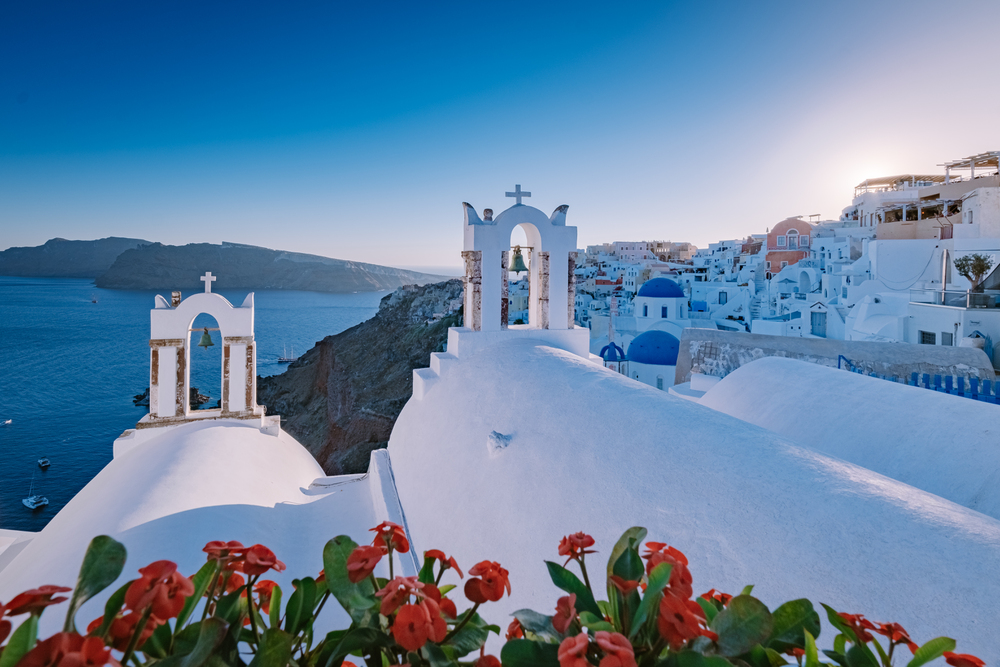
Perched on volcanic cliffs 400 feet above the Aegean Sea, Oia’s narrow streets and staircases make car travel impossible in the historic center. The village’s iconic blue-domed churches and whitewashed houses create a stunning backdrop for the small fishing harbor below.
Local fishermen still use traditional wooden boats called ‘kaiques’ to work the waters around the volcanic island. The village’s unique architecture, with houses carved into the cliff face, developed as protection against pirates and earthquakes over centuries.
Vernazza, Italy

The most photographed of the Cinque Terre villages, Vernazza wraps around a natural harbor where fishing boats rest between colorful houses that seem painted by the Mediterranean sun. The village center is completely pedestrian-only, with visitors arriving by train or hiking trail.
Ancient Roman foundations support medieval towers and Renaissance churches, while the small harbor continues to shelter fishing boats as it has for over 1,000 years. Local fishermen still practice traditional methods like night fishing with bright lights to attract anchovies and sardines.
Like Travel Pug’s content? Follow us on MSN.
Tasiilaq, Greenland
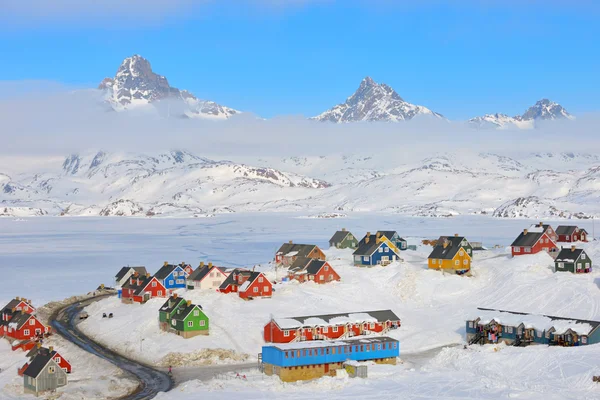
This remote Inuit settlement on Greenland’s east coast has no roads connecting it to the outside world, making boats and helicopters the only way in or out. Sled dogs replace cars during winter months, while traditional kayaks and modern fishing boats navigate the ice-free waters in summer.
The village of about 2,000 people maintains traditional hunting and fishing practices alongside modern amenities. Fishing for Arctic char, cod, and seal provides both sustenance and income for families who have lived in harmony with the harsh Arctic environment for generations.
Manarola, Italy

Built on a rocky promontory overlooking the Mediterranean, Manarola’s car-free historic center showcases some of the most dramatic coastal architecture in Italy. The village’s famous ‘Via dell’Amore’ (Path of Love) connects it to neighboring Riomaggiore via a scenic cliff-side walking trail.
Fishing boats crowd the tiny harbor, which is carved directly into the rock and protected by a stone breakwater. Local fishermen specialize in catching anchovies and sardines, which are then processed using traditional methods that have remained unchanged for centuries.
Burano, Italy

This small island near Venice explodes with color from houses painted in every shade imaginable, originally to help fishermen identify their homes in the fog. Cars are impossible here since the island consists entirely of small islands connected by bridges over narrow canals.
Traditional fishing boats called ‘sandoli’ navigate the shallow lagoon waters, while residents continue the centuries-old tradition of lace making. The island’s economy balances fishing with tourism, though many families still make their living from the sea as their ancestors did.
Like Travel Pug’s content? Follow us on MSN.
Kotor, Montenegro
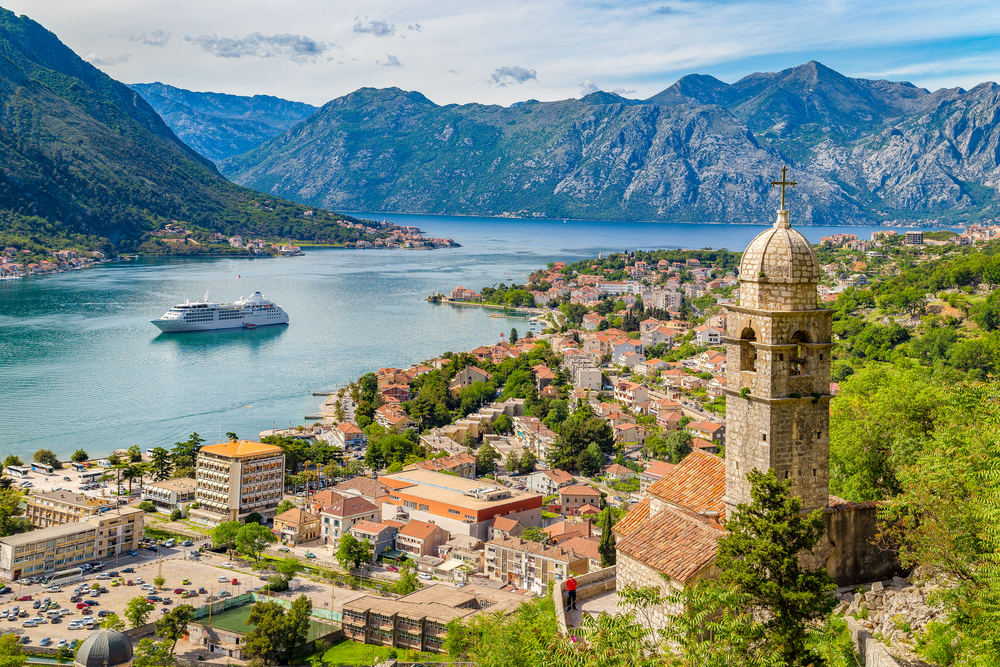
Surrounded by medieval walls and nestled at the base of towering mountains, Kotor’s Old Town remains largely car-free to preserve its UNESCO World Heritage status. The ancient streets wind between stone buildings that have housed fishing families for over 2,000 years.
Traditional wooden boats work the calm waters of the fjord-like Bay of Kotor, where the catch includes sea bass, bream, and local shellfish. The village’s maritime museum showcases the area’s long history of fishing, shipbuilding, and navigation.
Reine, Norway

This tiny fishing village in the Lofoten Islands sits beneath some of the most dramatic mountain scenery in Norway, where peaks rise directly from the sea. The village center is small enough that cars are unnecessary, with most residents walking between the traditional red fishermen’s cabins called ‘rorbuer.’
Commercial fishing for cod, herring, and Arctic char continues to be the primary industry, with the village serving as a base for both local fishermen and tourists. The midnight sun in summer and northern lights in winter create a magical backdrop for this remote fishing community.
Rovinj, Croatia

This Istrian Peninsula town rises from the Adriatic Sea like a Mediterranean jewel, with its car-free historic center crowned by a towering church bell tower. Narrow cobblestone streets wind between Venetian-influenced houses painted in warm earth tones, while fishing boats bob in the harbor below.
The town’s fishing tradition dates back to Roman times, with local fishermen still using traditional methods to catch sardines, tuna, and sea bass. Rovinj’s unique position on a former island, now connected to the mainland by a narrow strip, naturally limits vehicle access to the historic core.
Like Travel Pug’s content? Follow us on MSN.
Shirakawa-go, Japan
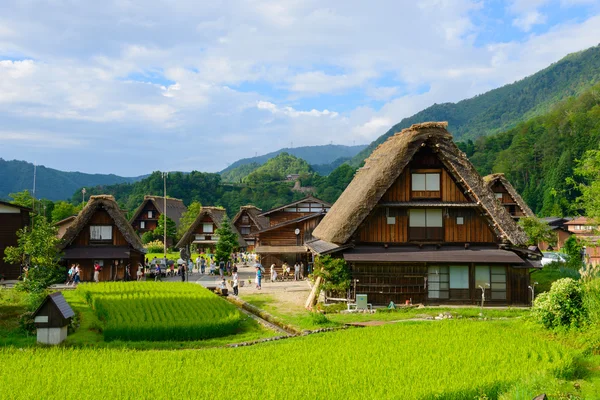
Nestled in the Japanese Alps, this UNESCO World Heritage village showcases traditional thatched-roof houses called ‘gassho-zukuri’ alongside mountain streams perfect for trout fishing. Cars are restricted in the historic village center to preserve the traditional atmosphere and protect the delicate wooden structures.
Local residents continue to practice traditional river fishing techniques, particularly for the prized iwana (char) and yamame (cherry trout) that inhabit the clear mountain streams. The village’s isolation in a valley surrounded by mountains has helped preserve both its architecture and traditional way of life, including fishing methods passed down through generations.
Where Tradition Meets Tomorrow
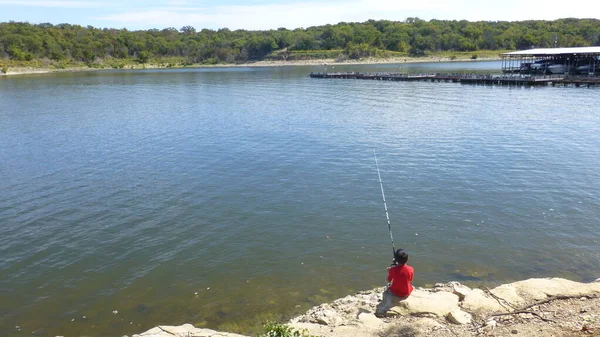
These car-free fishing villages represent more than just quaint tourist destinations—they’re living proof that communities can thrive while maintaining their connection to the sea and their ancestral ways of life. From the Mediterranean’s sun-soaked shores to the Arctic’s frozen coastlines, each village demonstrates how geography, tradition, and necessity can create something truly special.
In an age where many coastal communities have lost their maritime identity to development and modernization, these places remind us that the rhythm of tides and the call of seabirds can still guide daily life. Whether you’re seeking authentic culture, stunning scenery, or simply a break from the modern world’s noise, these villages offer a glimpse into a slower, more meaningful way of living by the sea.
More from Travel Pug

- 20 Best Beach Towns in the Carolinas
- 13 Destinations Where Tourists Regularly Regret Their Trip
- 20 Things You Actually Get in First Class
- 20 Small Airports With Aviation Museums
- 20 Places in the U.S. That Are Perfect for a Reset Trip
Like Travel Pug’s content? Follow us on MSN.
